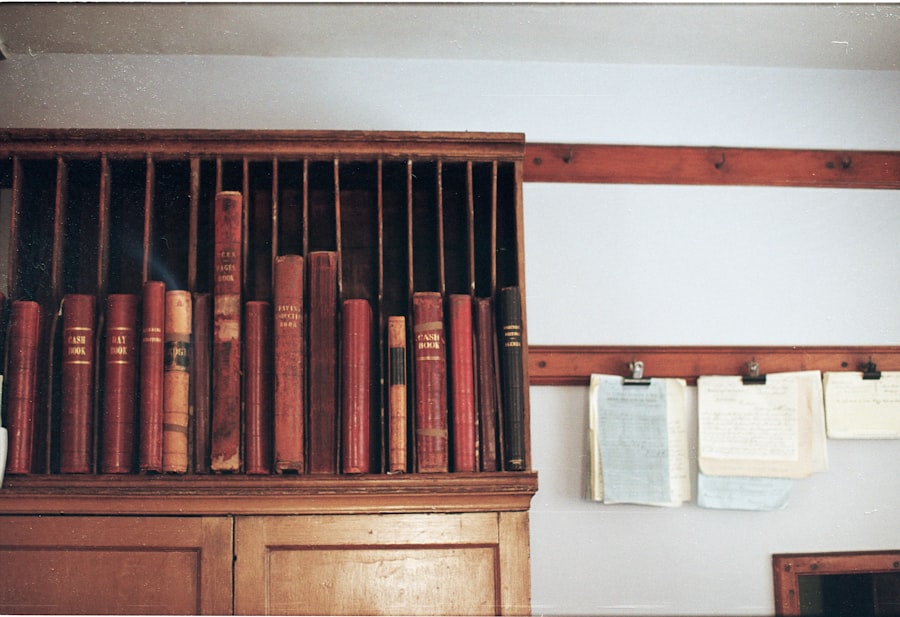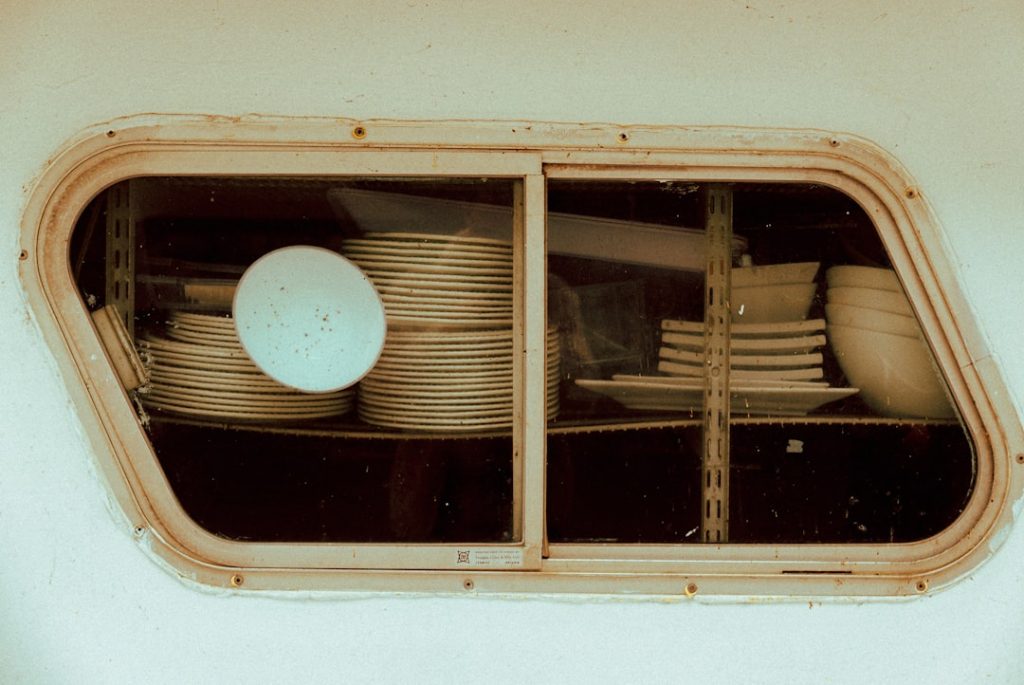Custom cabinet tops offer a multitude of advantages that can significantly enhance both the functionality and aesthetic appeal of a kitchen or any other space where cabinetry is utilized. One of the primary benefits is the ability to tailor the dimensions and design to fit specific needs and preferences. Unlike standard cabinet tops, which may not accommodate unique layouts or personal tastes, custom options allow homeowners to create a seamless integration with their existing decor.
This bespoke approach ensures that every inch of space is utilized effectively, maximizing storage and usability. Moreover, custom cabinet tops can be crafted from a variety of materials, allowing for a personalized touch that reflects individual style. Whether one prefers the warmth of wood, the sleekness of granite, or the modern appeal of quartz, custom options provide the flexibility to choose materials that not only match the kitchen’s overall design but also meet practical requirements such as durability and maintenance.
This level of customization can lead to a more cohesive look throughout the home, enhancing the overall design narrative and creating a space that feels uniquely yours.
Key Takeaways
- Custom cabinet tops enhance kitchen aesthetics and functionality.
- Material choice affects durability, style, and maintenance needs.
- Various design options allow for personalized kitchen looks.
- Proper installation ensures longevity and optimal performance.
- Regular care and budgeting are essential for sustaining value and quality.
Choosing the Right Material for Your Custom Cabinet Tops
Selecting the appropriate material for custom cabinet tops is a critical decision that can influence both the appearance and longevity of the cabinetry. Each material comes with its own set of characteristics, advantages, and drawbacks. For instance, hardwoods like oak or maple are often favored for their natural beauty and durability.
They can be stained or painted to match any color scheme, providing versatility in design. However, wood requires regular maintenance to prevent warping or damage from moisture, making it essential to consider the kitchen’s environment when choosing this material. On the other hand, engineered materials such as quartz or laminate offer a different set of benefits.
Quartz, for example, is non-porous and resistant to stains and scratches, making it an excellent choice for high-traffic kitchens where spills are common. Laminate surfaces can mimic the look of more expensive materials while being budget-friendly and easy to clean. However, they may not have the same level of durability as natural stones.
Ultimately, the choice of material should align with both aesthetic desires and practical considerations, ensuring that the custom cabinet tops will serve their purpose effectively over time.
Design Options for Custom Cabinet Tops

The design possibilities for custom cabinet tops are virtually limitless, allowing homeowners to express their creativity and personal style. One popular trend is the incorporation of mixed materials, where different surfaces are combined to create a unique look. For example, a wooden base can be paired with a stone top, providing both warmth and elegance.
This approach not only enhances visual interest but also allows for functional differentiation; a durable stone surface can be used for food preparation while wooden areas can serve as decorative accents. Another design option is the use of intricate edge profiles that can elevate the overall appearance of cabinet tops. From simple straight edges to more elaborate designs like ogee or bullnose profiles, these details can add sophistication and character to the cabinetry.
Additionally, incorporating features such as integrated lighting or built-in cutting boards can enhance functionality while maintaining a sleek aesthetic. Customization extends beyond mere appearance; it encompasses how the cabinet tops interact with other elements in the kitchen, such as backsplashes and appliances, creating a harmonious flow throughout the space.
Custom Cabinet Top Installation Process
| Step | Description | Estimated Time | Required Tools | Quality Check Metrics |
|---|---|---|---|---|
| 1. Measurement & Planning | Measure the cabinet dimensions and plan the top layout. | 30-45 minutes | Tape measure, pencil, notepad | Accuracy within 1/8 inch |
| 2. Material Selection | Choose the appropriate countertop material (wood, granite, laminate, etc.). | 15-30 minutes | Material samples, catalog | Material matches design specifications |
| 3. Cutting & Shaping | Cut the countertop material to size and shape as per measurements. | 1-2 hours | Table saw, jigsaw, router | Cut edges smooth and precise, no chips |
| 4. Surface Preparation | Sand and finish the surface to prepare for installation. | 30-60 minutes | Sandpaper, sanding block, finishing materials | Surface smoothness, no scratches or dents |
| 5. Dry Fit | Place the countertop on the cabinet to check fit and alignment. | 15-30 minutes | Level, clamps | Proper alignment, no gaps over 1/16 inch |
| 6. Adhesive Application | Apply adhesive or fasteners to secure the countertop. | 15-20 minutes | Adhesive, caulking gun, screws | Even adhesive coverage, secure attachment |
| 7. Final Installation | Place and secure the countertop permanently on the cabinet. | 30-45 minutes | Clamps, screwdriver, level | Level surface, no movement |
| 8. Sealing & Finishing Touches | Seal edges and apply finishing touches for durability and aesthetics. | 30-60 minutes | Sealant, brush, clean cloth | Seam sealed, no visible gaps or excess sealant |
| 9. Final Inspection | Inspect the installation for quality and client satisfaction. | 15-30 minutes | Inspection checklist | Meets all quality standards and client approval |
The installation process for custom cabinet tops is a crucial phase that requires careful planning and execution to ensure optimal results. Initially, precise measurements must be taken to guarantee that the tops fit perfectly onto the cabinets. This step often involves assessing not only the dimensions of the cabinets themselves but also considering any surrounding elements such as walls or appliances that may affect installation.
Accurate measurements are essential to avoid costly mistakes and ensure a seamless fit. Once measurements are confirmed, the next step involves preparing the cabinet bases for installation. This may include reinforcing structures to support heavier materials like granite or quartz.
The actual installation process varies depending on the material chosen; for instance, solid surface materials may require adhesive bonding, while stone tops often necessitate professional installation due to their weight and fragility. After securing the tops in place, finishing touches such as caulking seams and ensuring proper alignment are performed to achieve a polished look. A well-executed installation not only enhances aesthetics but also contributes to the durability and longevity of the custom cabinet tops.
How to Maintain and Care for Your Custom Cabinet Tops
Proper maintenance is essential for preserving the beauty and functionality of custom cabinet tops over time. The care required largely depends on the material used; for instance, wooden surfaces benefit from regular oiling or sealing to protect against moisture and wear. It is advisable to use coasters or cutting boards to prevent scratches and dents from everyday use.
Additionally, cleaning wooden surfaces with a damp cloth and mild soap can help maintain their luster without causing damage. For stone surfaces like granite or quartz, maintenance involves sealing to prevent staining and ensuring that spills are cleaned promptly. While quartz is generally more resistant to stains than granite, it is still wise to avoid harsh chemicals that could compromise its finish.
Regular cleaning with a gentle detergent and warm water is typically sufficient to keep these surfaces looking pristine. Understanding the specific care requirements for each material type is crucial in extending the life of custom cabinet tops and maintaining their visual appeal.
Budgeting for Custom Cabinet Tops

When considering custom cabinet tops, budgeting is an essential aspect that requires careful thought and planning. The cost can vary significantly based on factors such as material choice, design complexity, and installation requirements. For instance, natural stones like marble or granite tend to be on the higher end of the price spectrum due to their sourcing and fabrication processes.
In contrast, laminate options may provide a more budget-friendly alternative without sacrificing style. In addition to material costs, it is important to factor in expenses related to labor and installation. Hiring skilled professionals can ensure that the installation process is executed correctly, which may save money in potential repairs down the line.
Homeowners should also consider any additional features they wish to incorporate into their custom cabinet tops—such as integrated sinks or specialized edge treatments—which can further influence overall costs. Creating a detailed budget that accounts for all these variables will help in making informed decisions while avoiding unexpected financial strain.
Finding a Reliable Contractor for Custom Cabinet Tops
Selecting a reliable contractor for custom cabinet tops is paramount in achieving satisfactory results. The right contractor should possess not only technical skills but also experience in working with various materials and designs. One effective way to find qualified professionals is through referrals from friends or family who have undertaken similar projects.
Online reviews and ratings can also provide insight into a contractor’s reputation and reliability. Once potential contractors have been identified, it is advisable to conduct interviews to gauge their expertise and approach to projects. Asking about previous work examples can help assess their style and craftsmanship quality.
Additionally, obtaining multiple quotes allows homeowners to compare pricing while ensuring that they are receiving fair estimates based on their specific needs. A trustworthy contractor will communicate openly about timelines, costs, and any potential challenges that may arise during the project.
The Impact of Custom Cabinet Tops on Your Kitchen’s Value
Investing in custom cabinet tops can significantly enhance a kitchen’s value, making it an attractive feature for potential buyers in the real estate market. High-quality materials and thoughtful design choices contribute not only to aesthetic appeal but also signal a level of care and attention that resonates with discerning buyers. A well-designed kitchen with custom cabinetry often serves as a focal point in home listings, drawing interest and potentially leading to higher offers.
Furthermore, custom cabinet tops can improve functionality by optimizing storage solutions and workspace efficiency—qualities that are highly sought after in modern homes. As kitchens continue to evolve into multifunctional spaces where families gather and entertain guests, having tailored solutions becomes increasingly important. By investing in custom cabinet tops, homeowners not only enhance their living experience but also position their property favorably within a competitive market landscape, ultimately yielding a return on investment when it comes time to sell.



